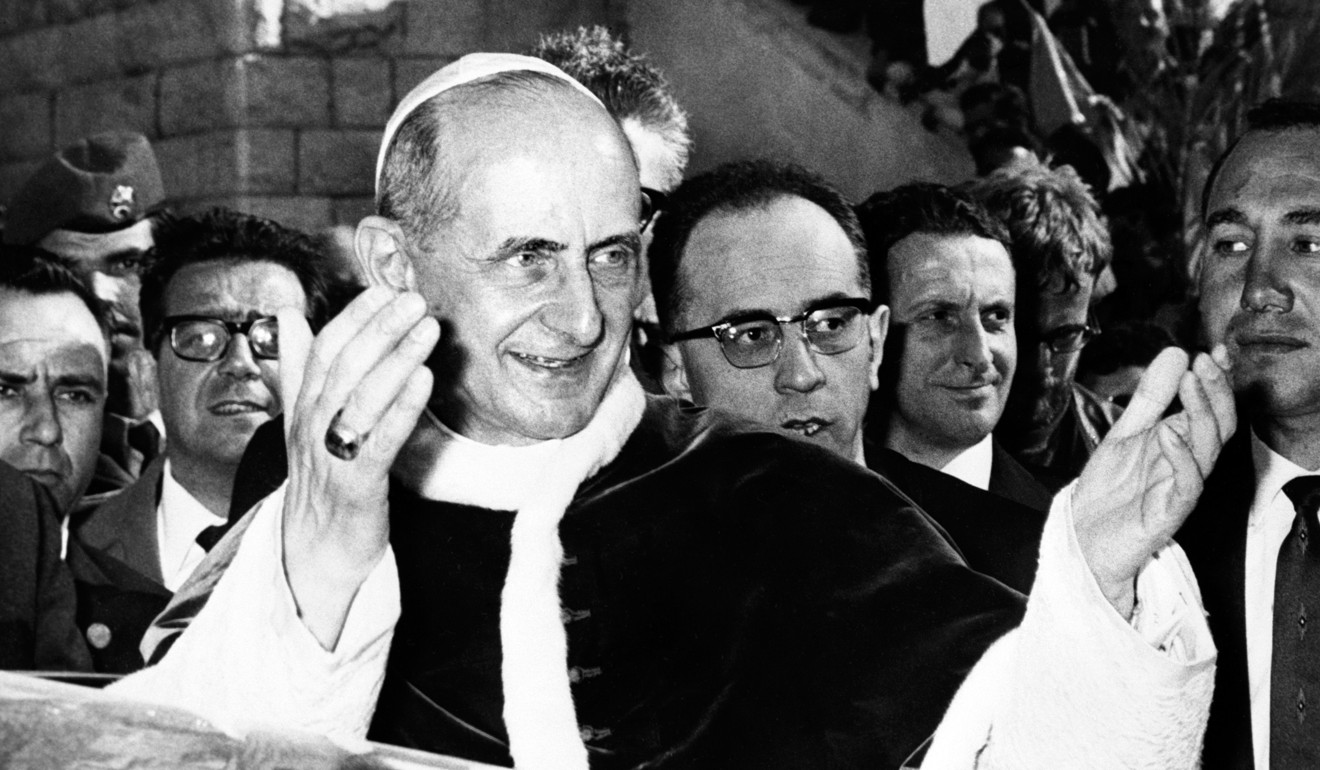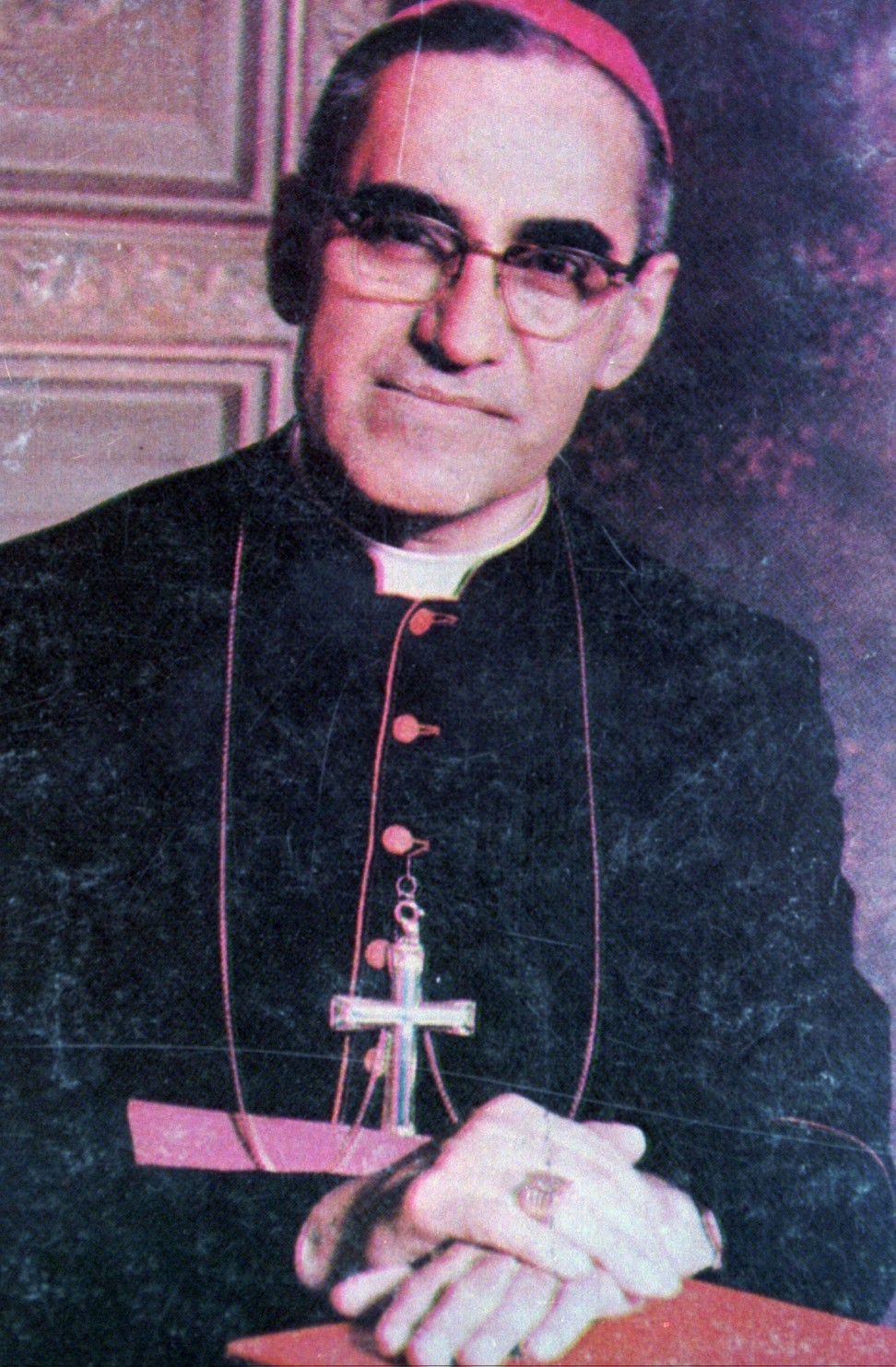
Too soon to be a saint? Some ask if Vatican should be more cautious
In recent years, the Vatican has canonised its former leaders – sometimes before history has rendered a final judgment on their papacies
Four years ago, Pope John Paul II was named a saint, a step that seemingly secured the legacy for one of the towering figures of the 20th century.
Instead, his papacy has come under an increasingly sharp and unsaintly critique, with some faithful saying that his muted response during the early years of the sexual abuse crisis continues to haunt the Roman Catholic Church.
Debate about the actions of a papal saint would have been highly improbable during an earlier era of Catholicism, when popes were only rarely given the highest honour in the faith.
But in recent years, the Vatican has given rise to a rapid surge in papal saint-making, canonising its former leaders in massive ceremonies at St. Peter’s Square – sometimes before history has rendered a final judgment on their papacies.
On Sunday, thousands of people converged on the Vatican for the canonisation of two towering figures of the 20th Century Catholic Church: Pope Paul VI, who oversaw modernising church reforms of the 1960s, and Archbishop Oscar Romero, a human rights icon who was murdered for his defence of El Salvador’s poor.
Paul VI’s successor, John Paul I, who held the position for just 33 days until his death, is also in the pipeline, meaning the Vatican office responsible for saints is looking into his case.

Though canonisation is meant to reflect a person’s virtue – not his or her place in the history books – some outsiders say the church has placed itself in an awkward position by turning sainthood into a near-default for modern popes.
John Paul II was canonised in a modern record of nine years after his death in 2005.
The church is now dealing with a global wave of sexual abuse crises, challenging its standing, and details continue to emerge about how the institution dealt in earlier decades with the issue.
Some of the cases that have erupted this year into public view have cast a damaging portrait of inattention to abuse during the papacy of John Paul II.
“The question becomes: why the rush?” said Christopher Bellitto, a history professor at Kean University, who suggested a mandatory 50 or 75-year waiting period on canonisation after a pope’s death.
Think you’ve got what it takes to be canonised? Here’s five steps to becoming a saint
“Papacies are complicated things, and we learn more about them after the pope has died.”
The process of minting saints is an elaborate one, involving a dedicated Vatican office that vets the candidate’s credentials, as well as doctors and other experts who look for evidence of otherwise inexplicable “miracles” – often involving cured ailments and diseases.
Most candidates require one miracle before beatification and another miracle for the final step of sainthood.
But always, the current pope has authority to quicken the process or lower the bar for the number of miracles.

Saints are not beyond reproach. But controversy can indeed keep popes from canonisation.
One modern pope who isn’t yet a saint: Pius XII, who died in 1958 but is the subject of ongoing controversy for his policies during the second world war, including whether did he enough to speak out against the rise of Nazi Germany and the Holocaust.
Cardinal Angelo Becciu, the new head of the Vatican’s saint-making office, said recently that Pius’s case “has not progressed”.
Almost every pope during the first 500 years of the church was canonised. But then, just three of the 66 pontiffs between 1294 and 1914 received the honour, according to data compiled by Bellitto.
Over the last decade, the trend of papal saint-making has drastically re-accelerated – perhaps a recognition of how post-second world war popes have taken on an expanded role as globe-trotting symbols for the faith.
In that sense, John Paul II, who reigned for 23 years until his death in 2005, was the ultimate example. He visited more than 120 countries, helped to galvanise a global fight against Communism, and on the day of his funeral, mourners were already chanting: “Santo Subito” or “Saint Now”.
John Paul II’s handling of abuse was controversial even during his lifetime. But some experts say that the repercussions of his approach are becoming more evident after his death, even changing his legacy.
Though Vatican watchers debate how informed John Paul II had been about some abusers, they say he dealt with the issue with a Cold Warrior’s fortress mentality, opting for secrecy in handling cases and tending to view individual priests as the problem – paying little attention to the hierarchy that protected them.
The question of oversight for bishops and cardinals has since turned into a central issue in multiple scandals.
“He has been dead for 13 years, and the issue of the accountability of bishops – that was the ticking time bomb that has now gone off,” said David Gibson, director of Fordham University’s Centre on Religion and Culture.
“John Paul and his legacy is at the centre of the blast zone.”
In part, the spotlight has returned to John Paul II because of Theodore McCarrick, who resigned from the College of Cardinals this summer amid allegations about sexual misconduct.
Pope authorises study of Vatican archives in Theodore McCarrick scandal
McCarrick’s historic downfall has prompted questions about how he was able to ascend within the faith despite warnings – sent to the Vatican as early as 2000 – about his behaviour.
Francis, facing accusations that he knew about McCarrick’s alleged abuse of young men, has pledged to open the Vatican archives to investigate.
John Paul’s many defenders note that his health was failing in the last years of his life, and he was surrounded by key lieutenants who may have handled some decisions for him.
Monsignor Slawomir Oder, who presented John Paul II’s case for sainthood inside the Vatican, said that “all of the verifications that have been conducted confirm the integrity of the saint’s behaviour.”
“This has been ascertained without a doubt,” Oder said.

